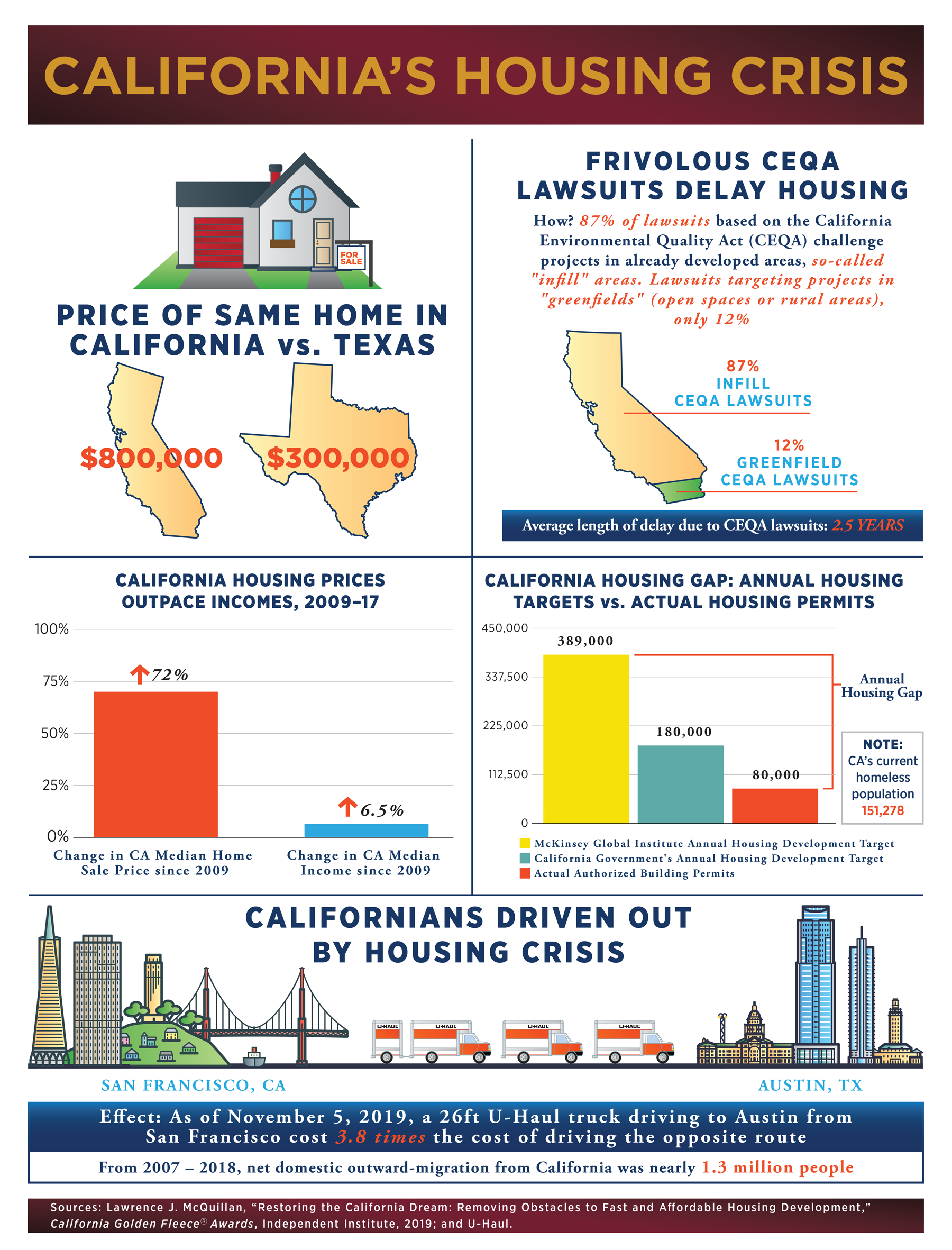California Environmental Regulations Cited in Driving Coastal Housing Scarcity

A recent observation by Andrew Jeffery highlighted a significant, yet often overlooked, dynamic in wealthy coastal California: the profound impact of environmental protection regulations on housing availability and affordability. Jeffery noted on social media, > "The spookiest part is that in wealthy coastal CA, nobody outside housing wonks know that their environmental protection regs are doing this." This statement underscores a growing concern among experts regarding the unintended consequences of well-intentioned environmental policies on the state's severe housing crisis.
Key among these regulations are the California Environmental Quality Act (CEQA) and the California Coastal Act. While designed to safeguard the state's natural resources and ensure sustainable development, critics argue these laws frequently contribute to lengthy permitting processes, increased construction costs, and restrictions on housing density, particularly in highly desirable coastal zones. These regulatory hurdles can add years and millions of dollars to housing projects, costs that are ultimately passed on to consumers.
Reports from various sources indicate that CEQA, in particular, is often leveraged by local opposition groups, sometimes referred to as "NIMBYs" (Not In My Backyard), to delay or outright block new housing developments. This broad scope allows for legal challenges on grounds that may not always be directly related to genuine environmental harm, exacerbating the scarcity of housing units. The California Coastal Commission, operating under the Coastal Act, also imposes stringent requirements that can limit development and intensify the housing squeeze along the state's coveted coastline.
The ongoing debate centers on how to reconcile California's ambitious environmental goals with its pressing need for affordable housing. The stringent regulatory environment, while preserving natural beauty and ecosystems, simultaneously limits supply in high-demand areas, pushing home prices and rents ever higher. This complex interplay creates a paradox where efforts to protect the environment inadvertently contribute to a deepening housing crisis, a connection that Andrew Jeffery suggests remains largely unknown to the general public.